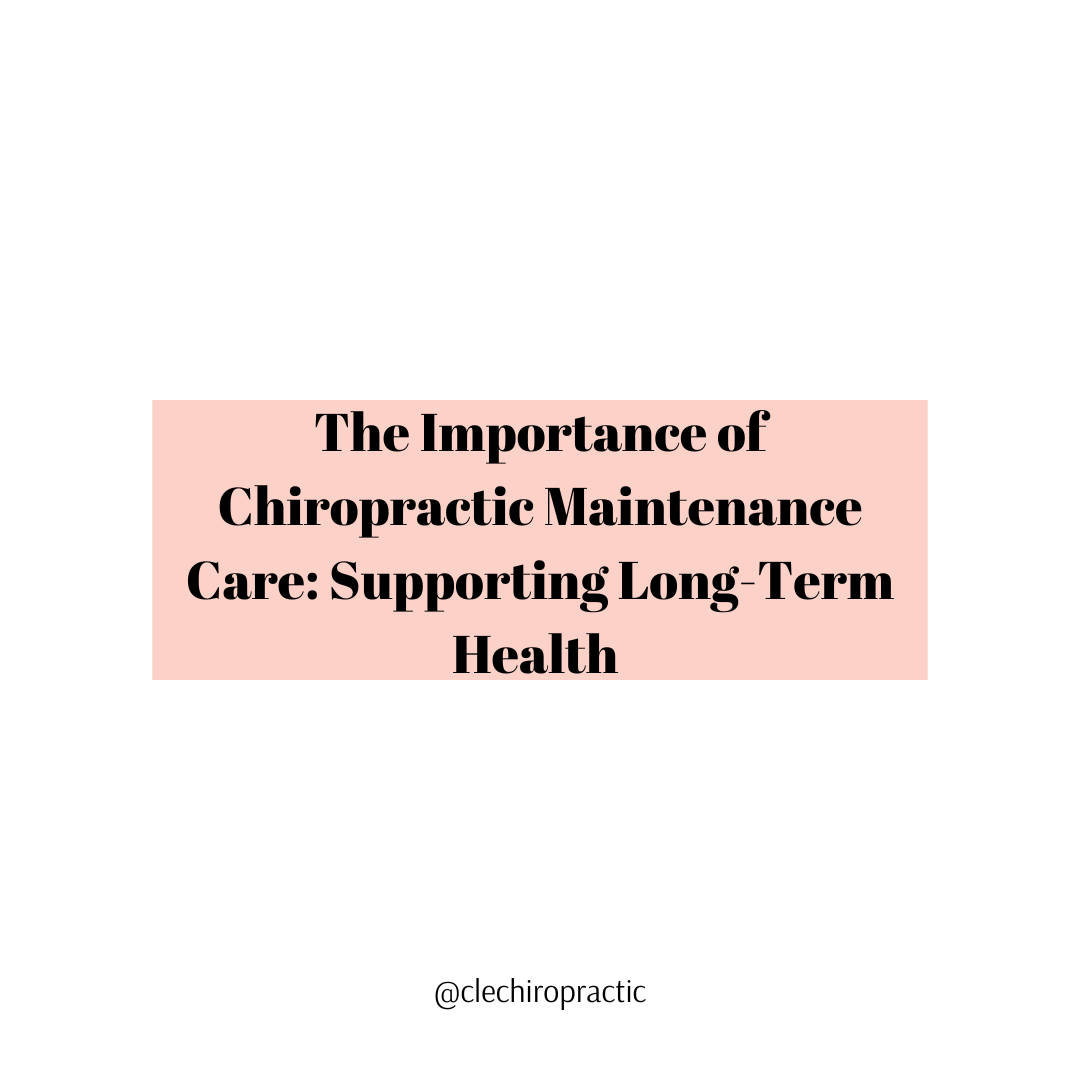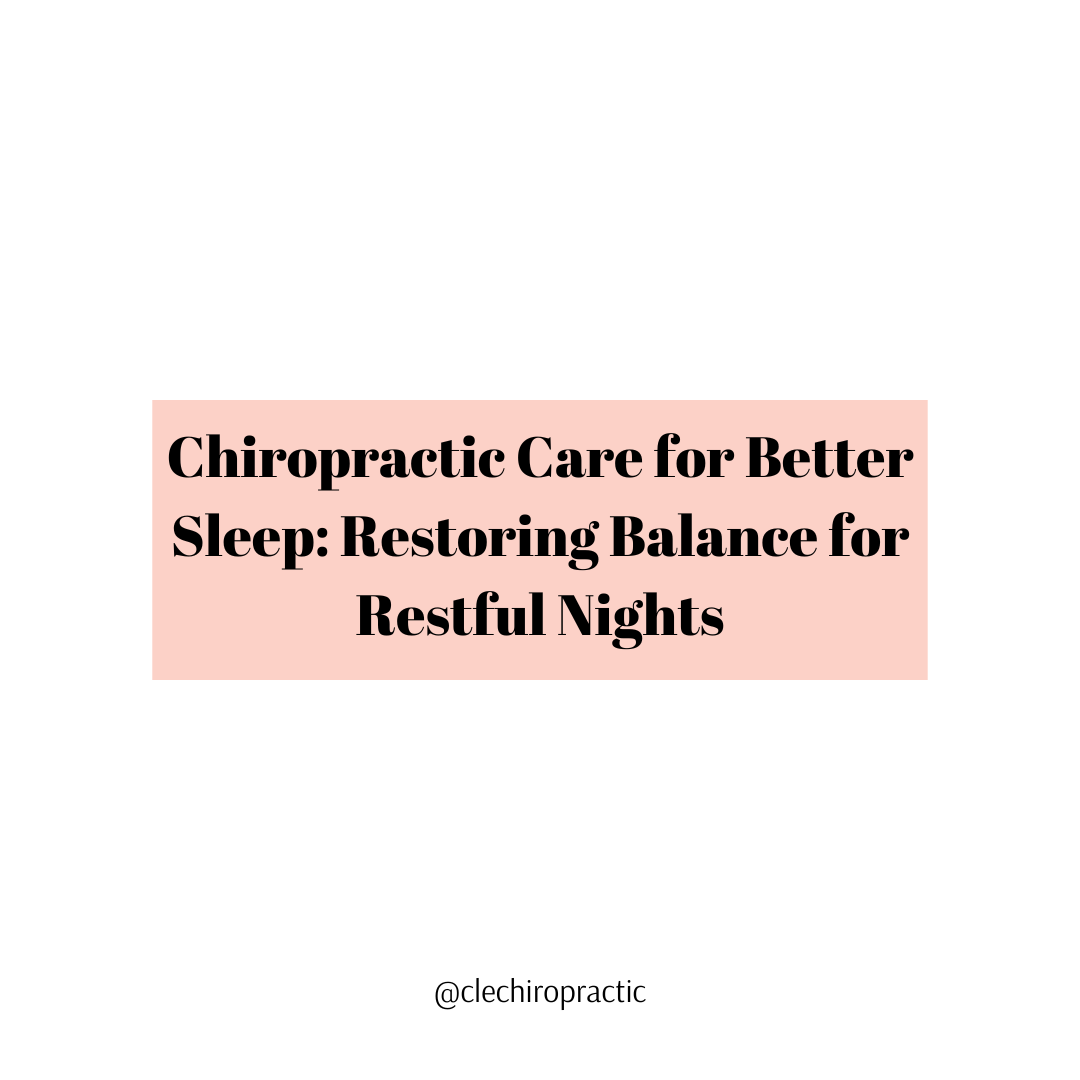Tummy time has become a popular phrase and well-known activity in the parenting world. So, what is tummy time? Tummy time simply involves laying your baby on their tummy while they are awake. This exercise promotes their optimal strength and healthy development.
We are born with primitive reflexes which help us to grow and develop optimally. These primitive reflexes develop in utero and aid in the birth process. After birth, these reflexes allow for muscle flexion motions by the nervous system and allow for basic, fundamental movement. Examples include palmar and plantar grasp, rooting, suckling, startle reflex, and other spinal cord reflexes.
As baby grows and hits developmental milestones, primitive reflexes naturally become inhibited within the first few months to one year after birth. During an examination, a pediatric chiropractor or pediatrician test these reflexes and monitor your baby’s growth and development. Presence or absence of reflexes at certain stages of growth may indicate functional issues.
Tummy time is important because it helps baby develop extensor muscles and postural muscles, which helps with natural inhibition of primitive reflexes. Babies who do not spend enough time on their tummies will often skip (or hit milestones too soon) or delay steps in hitting growth and functional milestones involved in brain and motor development. These delays or skipped milestones can lead to poor coordination, muscle imbalances as a child and adult, delayed language development, and even abnormal immune response. Brain imbalances can also result in abnormal development of sensory processing due to a delay in the expansion of higher brain centers. By activating certain movements with infants and children, you can help their nervous systems develop for optimal health and function. Tummy time is one of the most natural and beneficial exercise to encourage baby’s proper growth.
A healthy, functioning spine and nervous system means a healthy brain and body. When a baby is born, their spine is in a c-shape due to the fetal position in the womb. As a child achieves developmental milestones through tummy time, rolling, crawling, standing and eventually being upright and walking, their spine develops natural, healthy curves. The first curve to develop through functional growth and movement the cervical curve in their neck. The neck is a delicate and very important region of the spine because it primarily supports the head, controls nerve and blood flow to and from the brain, and is important for balance/center of gravity. Also, the brainstem can be hindered or experience abnormal pressure if the neck is not functioning properly or has been injured in the birth process. An absent or abnormal cervical curve can lead to interference in the communication between the brain and the body, as well as predisposes a person to decreased range of motion, headaches or other pain, premature spinal degeneration, and pain in their head/neck/spine as an adult. Proper functioning of the spine and nervous system helps prevent joint dysfunction and other issues as baby grows and into adulthood. Tummy time is one of the first natural exercises performed by an infant that helps to develop a natural and healthy neck curvature.
When can you start tummy time for your baby? Once a newborn’s belly button has healed from the umbilical connection and the stump falls off, you can introduce the tummy time position. Between one and two months, it is normal to observe your baby hold their head up and comfortably raise their head approximately 45 degrees while on their tummy. You will also see them turn their head and eyes to sound and follow objects, as well as recognize faces and smile spontaneously.
It is best to attempt tummy time when your baby is well rested and fed, to avoid irritability and fussiness. Also, give them time to digest their milk, approximately 30-45 minutes post feeding, to avoid excessive spit up. We recommend starting slow, with 1 – 2 minute intervals throughout the day, and increase gradually based on your baby’s comfort, happiness, and ease.
To get the most out of your baby’s tummy time, be creative! Try different positions and activities to make it fun and optimize their experience. Always supervise your baby, to ensure their safety. Babies love interacting with mirrors, so place a small safety mirror in front of them and watch as they discover themselves. You can also place fun toys or play mats in front of them to stimulate their curiosity and make tummy time engaging. For babies who struggle or are fussy during tummy time, try placing your baby on their tummy with a rolled-up towel, nursing pillow, or tummy time pillow under their arms/chest, so they have more support and a better view of the world. Laying your baby on your chest is another good method; infants love being held (especially skin to skin) and looking at your face. This also helps them develop their social-vagal nerve. You can also hold your baby across your thighs face down while you massage their back, this can double as a soothing activity before nap time.
Laying your baby on an exercise/stability ball (holding them for support) is another great variation; the movement of the ball helps stimulates the brain to further enhance their development and challenges balance. Holding your baby and/or baby-wearing is another variation of tummy-time that can help them strengthen their spine and develop functional curves.
If your baby does not seem to enjoy tummy time, gets fussy, or they seem uncomfortable, it could indicate that they have stress or restrictions in their spine and interference in their nervous system. This is common from the birth process and/or other life events. A trained pediatric chiropractor can assess for and address this concern with gentle care. Pediatric chiropractic care is beneficial for optimal growth in babies as it may help with any developmental delay that may be present by changing the tone of the nervous system to the relaxed parasympathetic state – which allows for growth and healing. Gentle, specific adjustments performed by a trained pediatric chiropractor, ensure that a child’s spine and nervous system are able to function and communicate without interference.
At Cleveland Chiropractic and Integrative Health Center, we love caring for babies from birth through every stage of development to ensure they grow optimally and function their best.





